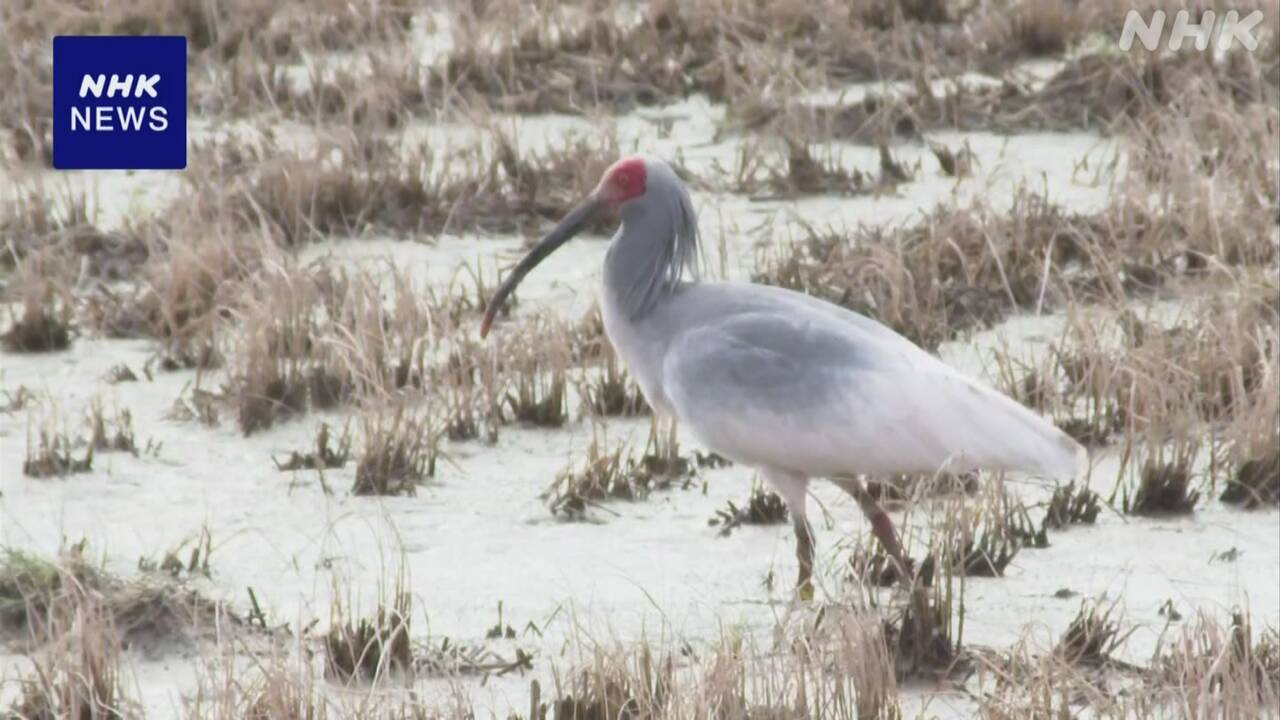As of December last year, the number of Japanese crested ibises, a special natural monument, was estimated to be 532 in the wild in Japan, 13 fewer than the previous year, and for the first time since 2008, when crested ibis releases began. It started to decrease.
The Japanese crested crested crested ibis used to inhabit a wide area of Japan, but due to overhunting, it temporarily disappeared, and efforts have been made in Sado City, Niigata Prefecture to artificially breed the ibis and release it into the wild.
According to the Ministry of the Environment, the number of crested ibises in the wild in Japan has continued to increase since 2008, when the birds were released, but as of December last year, it was estimated at 532 birds, 13 fewer than the previous year. This is the first time since bird release began that the numbers have started to decline.
Professor Takashi Nagata, director of Niigata University's Sado Natural Coexistence Science Center, who is an expert on the ecology of ibises, said, ``As the number of ibises has increased on Sado, their breeding areas have become crowded, and they are interfering with each other's nesting, resulting in breeding failures. It's because of things that are happening."
Meanwhile, bird releases will be carried out in areas other than Sado City with the aim of establishing the crested crested ibis, and the Ministry of the Environment will decide on the location and timing of the release while determining the habitat suitable for the crested ibis. Masu.

